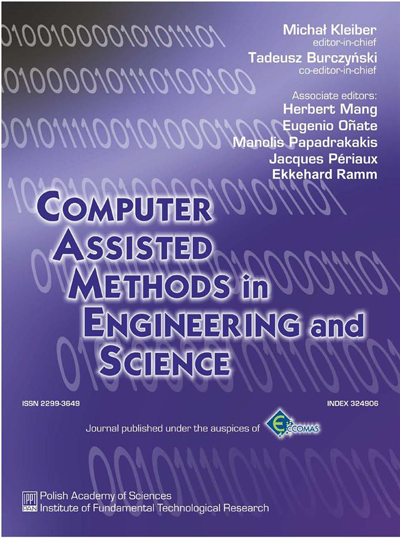Improved GETMe by adaptive mesh smoothing
Abstract
Mesh smoothing improves mesh quality by node relocation without altering mesh topology. Such methods play a vital role in finite element mesh improvement with a direct consequence on the quality of the discretized solution. In this work, an improved version of the recently proposed geometric element transformation method (GETMe) for mesh smoothing is presented. Key feature is the introduction of adaptive concepts, which improve the resulting mesh quality, reduce the number of parameters, and enhance the parallelization capabilities. Implementational aspects are discussed and results of a more efficient version are presented, which demonstrate that GETMe adaptive smoothing yields high quality meshes, is particularly fast, and has a comparably low memory profile. Furthermore, results are compared to those of other state-of-the-art smoothing methods.




